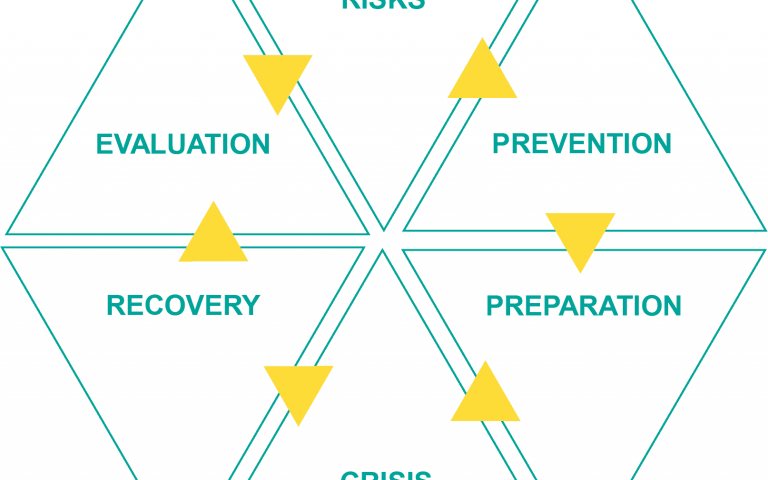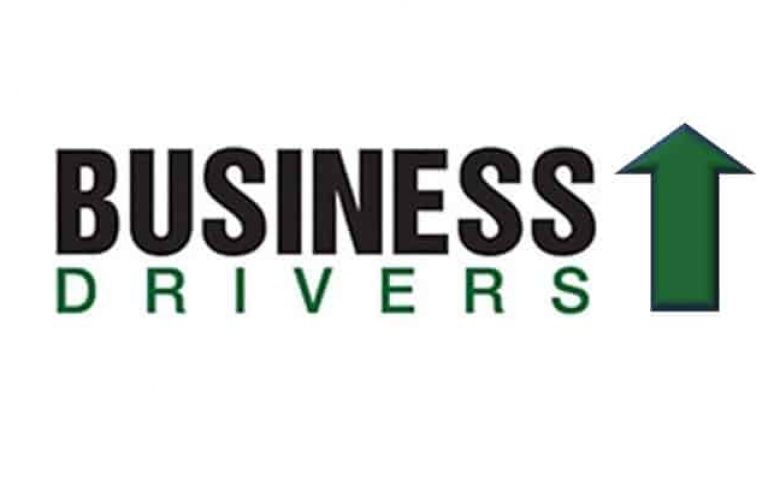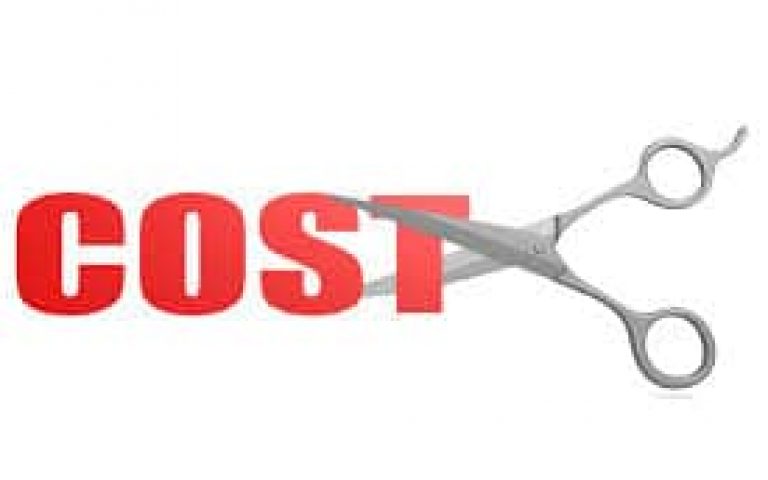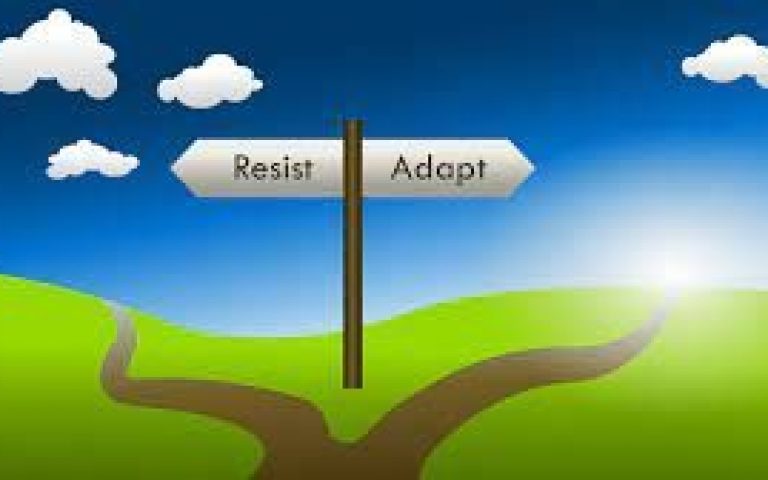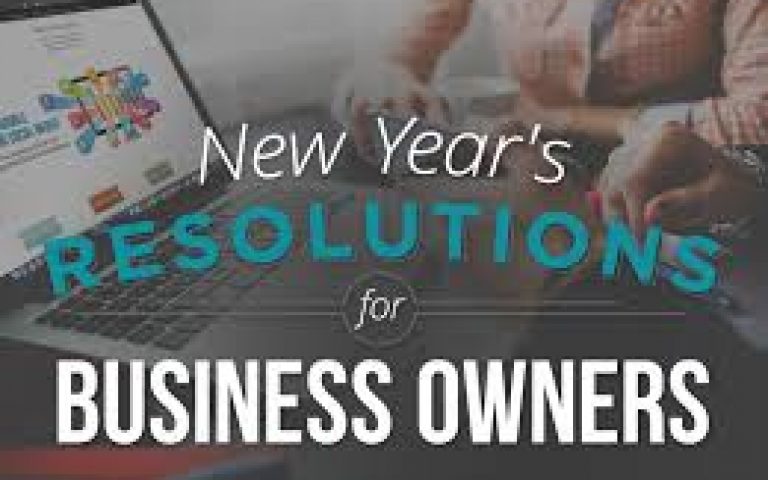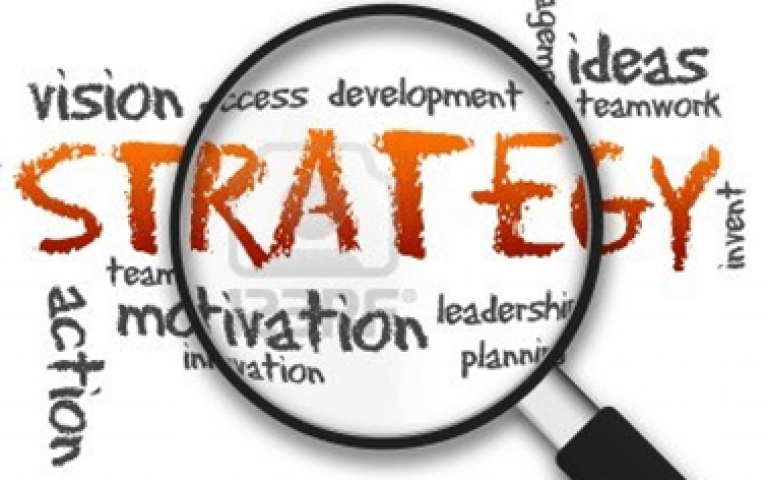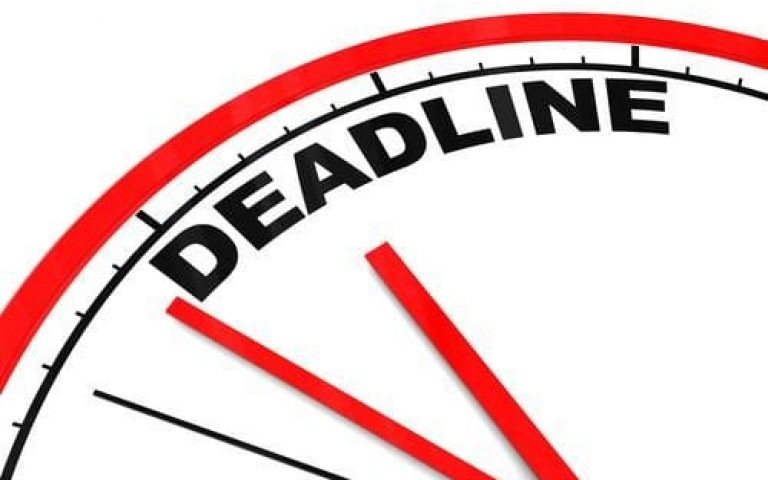Benchmarking is the process of comparing your own organization, operations, or processes to prior period results and/or to other organizations in your industry or in the broader marketplace. Many organizations compare themselves to competitors to identify and eliminate gaps in service or product delivery or to gain a competitive edge.
The most common driver for benchmarking comes from the internal perspective that a process or approach can be improved. Organizations will collect data on their own performance at different points in time and under different circumstances and identify gaps or areas for strengthening.
The data gathered in competitive benchmarking (benchmarking against others) offers specific insights into a competitor’s processes and thinking. It is also used to generate ideas for improving areas such as procedures, methodologies, customer loyalty and satisfaction, market segmentation, pricing, profit margins and expense reduction practices, along with just about any other area of one’s business.
Looking beyond your own industry for best-in-class performance for particular processes or functions is an excellent way to challenge your firm to rethink long-standing assumptions and practices. For example, Southwest Airlines famously analyzed the processes, approaches, and speed of automobile racing pit crews to gain ideas for improving their airplane turn-around time at the gate. The outcome of this benchmarking study is reported to have helped Southwest reconfigure their gate maintenance, cleaning, and customer loading operations, and to have saved the firm millions of dollars per year.
Many industries and consumer related organizations publish comparative data that can be used for these purposes. Similarly, many professional coaches and consultants can acquire this information as well. Too, much valuable information can be gleaned from observation.
Because any process, product, function or result in a business is eligible for benchmarking, methodologies vary. The benchmarking process typically consists of:
- Defining the subject of the benchmarking study.
- Defining the process or attribute to be studied in detail.
- Selecting and defining the measures.
- Selecting the comparison set.
- Collecting data on both the benchmarking subject and comparison set.
- Assessing the data and identifying differences and gaps.
- Analyzing the root causes of the differences or gaps.
- Defining an improvement initiative complete with goals.
- Communicating the goals.
- Implementing the improvement initiative and measuring the results.
- Reporting on the results, identifying improvements and repeating the process.
The Bottom Line is that benchmarking is a potentially powerful tool to promote continuous improvement in your organization. Relying only on internal measures can breed a myopic perspective. As such, high performing organizations also look outside of their own operations to identify processes, functions or offerings important to them and to evaluate their efficiency and effectiveness versus leading competitors or leading innovators. Should you need assistance, TITAN Business Development Group, LLC can help you identify, develop, implement and interpret successful benchmarking initiatives.
***
coaching | consulting | results




















